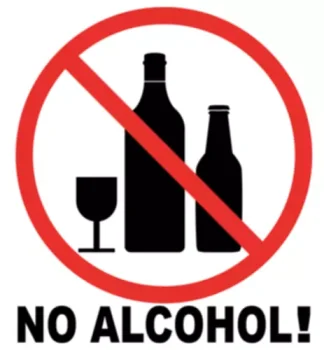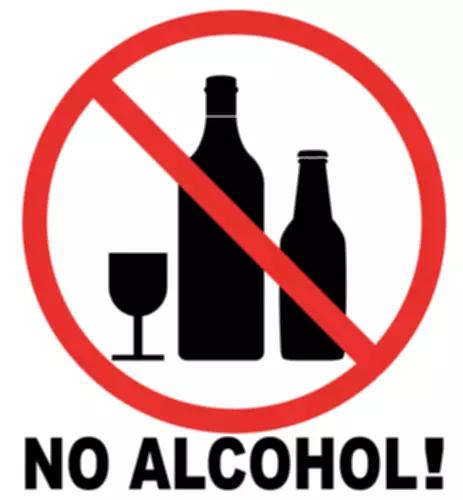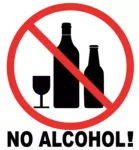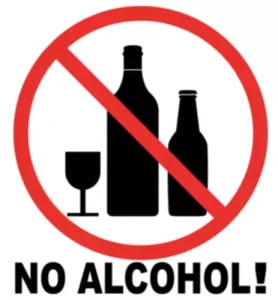Chapter 3B: Methadone Medications for Opioid Use Disorder NCBI Bookshelf | Property Enhancer

Records from previous providers can contextualize the extent of past treatment. Assess recent opioid use, including frequency, quantity, type, route, and recency (last day of use and use in the past 30 days). Caution patients that methadone may affect cognition and psychomotor performance and can have sedating effects. Urge patients to be cautious in using heavy machinery and driving until they are sure that their abilities are not compromised. Having a history of at least 1 year of opioid addiction before admission. Not all patients meeting OUD criteria, particularly those with mild OUD, are appropriate candidates for methadone.

International Patients
Methadone is a long-acting opioid drug used to replace the shorter-acting opioids that someone may be addicted to, such as heroin, oxycodone, fentanyl or hydromorphone. Long-acting means that the drug acts more slowly in the body, for a longer period of time. In contrast, a person who uses short-acting opioids to avoid withdrawal must use three to four times a day.
Opioids – Alcohol and Drug Foundation

Overdose deaths in children of parents on methadone treatment have occurred. Understandably, these cause considerable concern, resulting in vigorous efforts to minimise such deaths. Methadone treatment was initially extremely restrictive and punitive in Australia and internationally.
- This medication may be prescribed for other uses; ask your doctor or pharmacist for more information.
- Methadone will begin working shortly after taking one dose, but you may not feel the full effect of the initial dose for 4 or more days.
Medications for Substance Use Disorders
Appropriate studies performed to date have not demonstrated geriatric-specific problems that would limit the usefulness of methadone in the elderly. However, elderly patients are more likely to have age-related heart, kidney, liver, or lung problems, which may require caution and an adjustment in the dose for patients receiving methadone. As of December 2022, the MAT Act has eliminated the DATA-Waiver (X-Waiver) program. Practitioners registered with the DEA and holding Schedule III authority are now authorized to prescribe buprenorphine for OUD within the bounds of state law. The Substance Abuse and Mental Health Services Administration (SAMHSA) strongly encourages eligible practitioners to exercise this privilege.
Generic Name(S): methadone
Increase initially by 5 mg about every week, based on patient response. Doses can be increased somewhat more rapidly after careful assessment of response if the patient begins to use illicit opioids. As with other methadone dosing, induction in these cases should not be based on a standing order. Methadone Withdrawal Educate patients about the importance of safe storage of take-home methadone doses.
Side effects of methadone

This information contains a summary of important points and is not an exhaustive review of information about the medication. Always seek the advice of a physician or other qualified medical professional with any questions you may have regarding medications or medical conditions. Never delay seeking professional medical advice or disregard medical professional advice as a result of any information provided herein. The American Association of Psychiatric Pharmacists disclaims any and all liability alleged as a result of the information provided herein.

Do not double your next dose or take more than what is prescribed. You should bring this list with you each time you visit a doctor or if you are admitted to a hospital. It is also important information to carry with you in case of emergencies. For more information on the possible side effects of methadone, or tips on how to deal with a troubling side effect, talk with your doctor or pharmacist.

Healthdirect 24hr 7 days a week hotline
Methadone also is used to prevent withdrawal symptoms in patients who were addicted to opiate drugs and are enrolled in treatment programs in order to stop taking or continue not taking the drugs. Methadone is in a class of medications called opiate (narcotic) analgesics. Methadone works to treat pain by changing the way the brain and nervous system respond to pain. It works to treat people who were addicted to opiate drugs by producing similar effects https://ecosoberhouse.com/ and preventing withdrawal symptoms in people who have stopped using these drugs. Methadone should not be used in conjunction with medications or substances with similar depressant effects, including other opioids, benzodiazepines, alcohol, and antipsychotics unless deemed necessary.
Tell all of your providers and pharmacists that you are on methadone. You should not take other medications with methadone without talking to your provider. Avoid drinking alcohol or taking illegal or recreational drugs while taking methadone. If you continue to experience pain after you finish taking methadone, call your doctor. If you take this medication on a regular basis, be sure to schedule appointments with your doctor so that you do not run out of medication.
